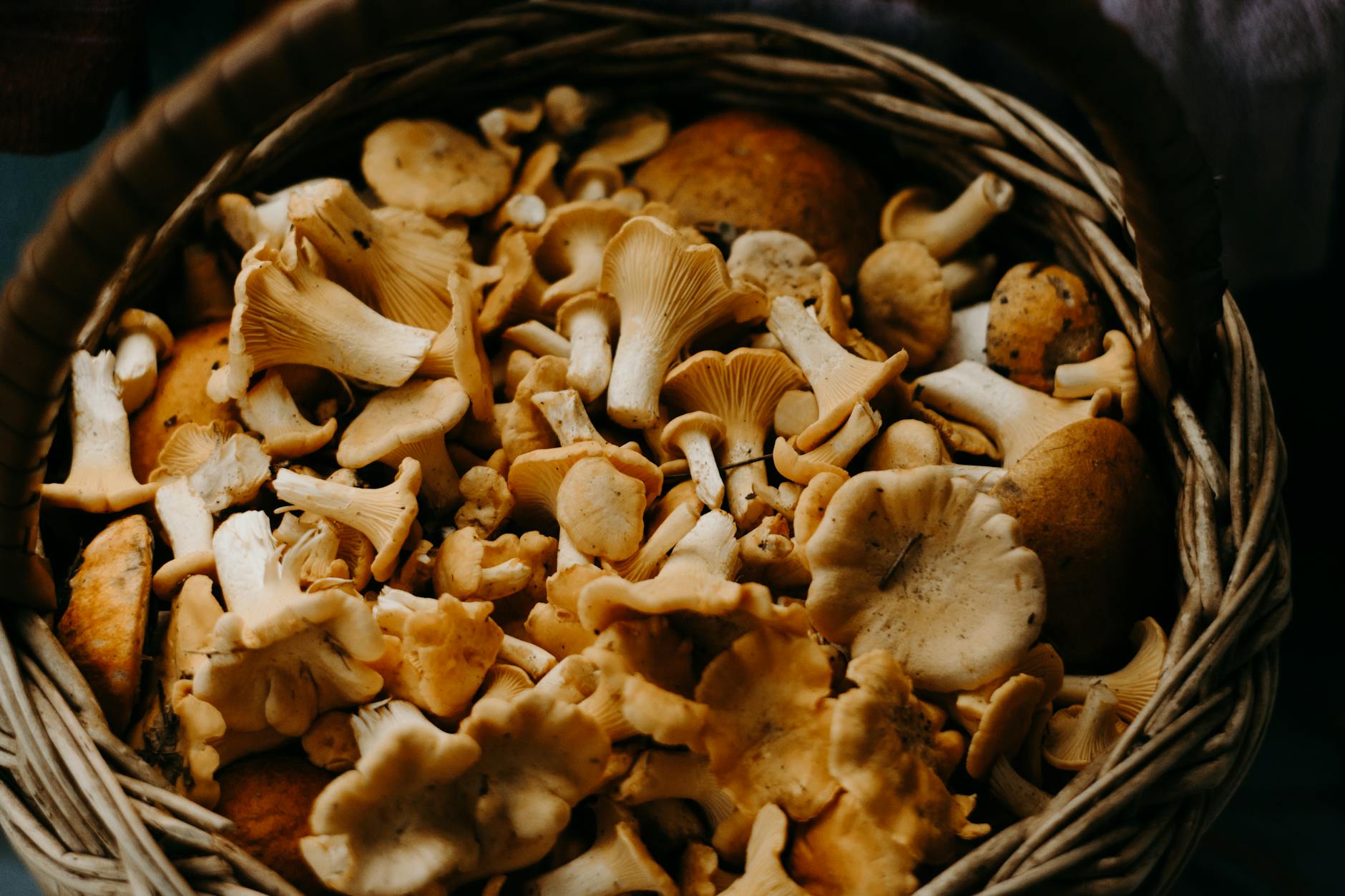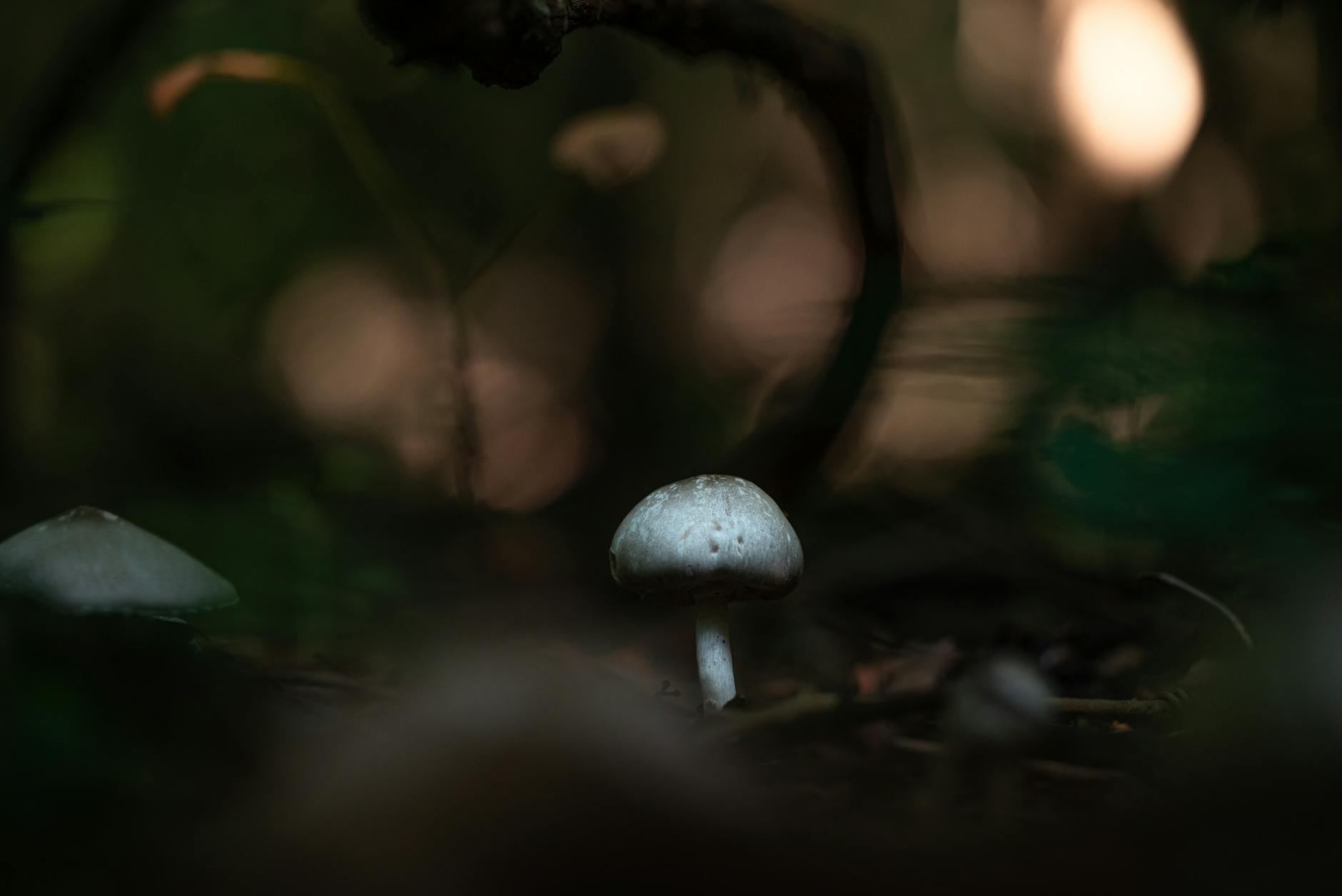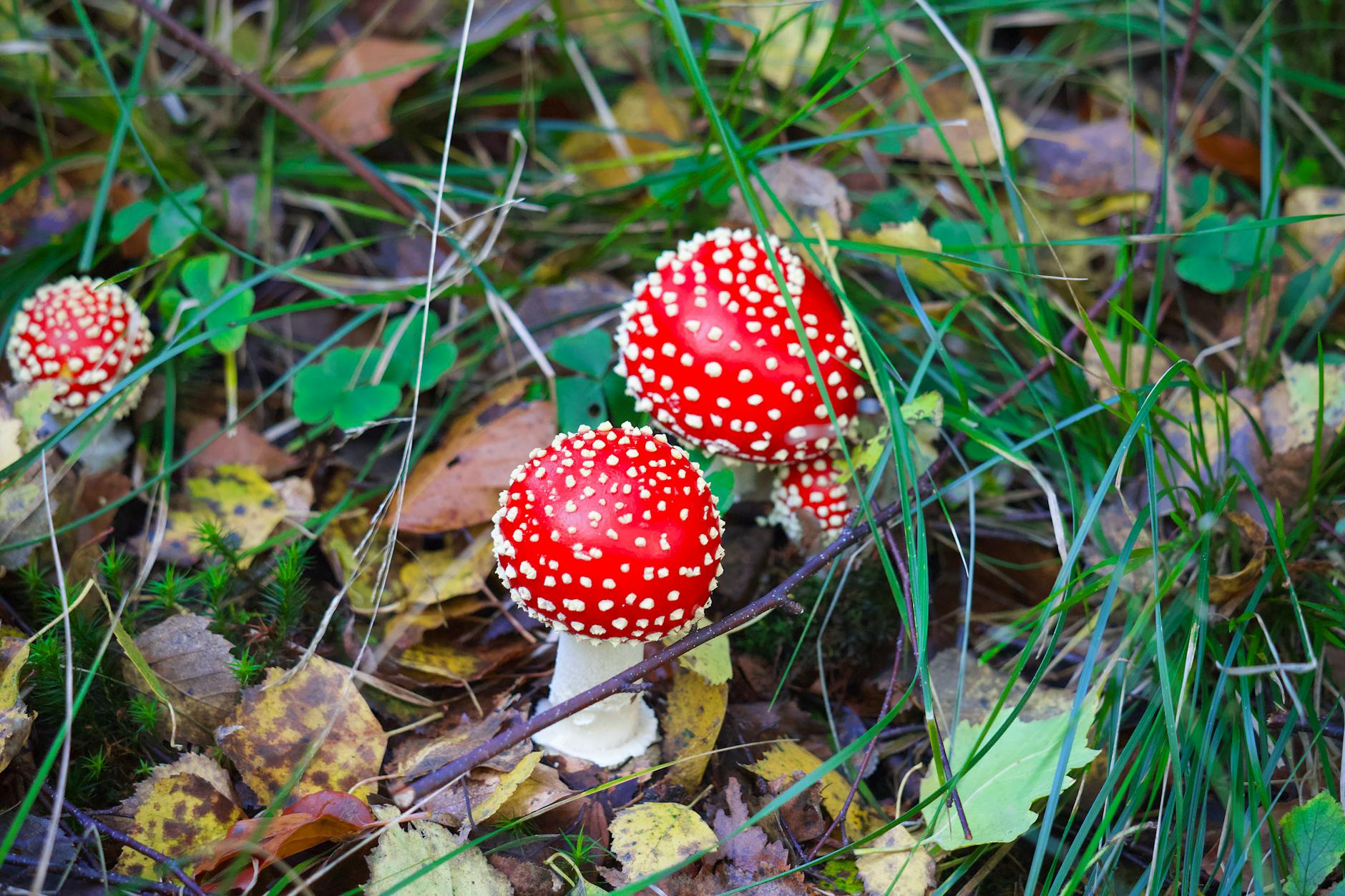Mushrooms are diverse organisms that come in all shapes, sizes, and colors. While they add flavor and nutrition to many dishes, not all mushrooms are safe for human consumption. Foraging for wild mushrooms can be a rewarding experience, but it’s essential to be aware of the essential traits that can help differentiate between edible and toxic varieties. In this article, we will explore the key characteristics to consider when foraging for edible mushrooms to ensure a safe and enjoyable experience.
Identifying Edible Mushrooms
Identifying edible mushrooms can be challenging, especially for beginners. One of the most crucial traits to look for is the mushroom’s cap shape and color. Edible mushrooms typically have a cap that is convex or flat, with colors ranging from white and brown to red and black. Avoid mushrooms with bright colors like red or yellow, as they are often toxic. Additionally, inspect the gills or underside of the mushroom. Edible mushrooms usually have gills that are attached to the stem and are white or pink in color.
Testing and Tasting
While some experienced foragers can confidently identify edible mushrooms based on their appearance, it’s always recommended to exercise caution and employ additional safety measures. One common technique is the spore print test, where the mushroom’s spores are collected on a piece of paper to determine their color. Another method is the taste test, where a tiny amount of the mushroom is placed on the tongue to detect any bitter or unpleasant flavors. However, it’s crucial to remember that some toxic mushrooms may not have an immediate bitter taste, so this method should be used with caution and knowledge.
Partnering With Experts
For novice foragers or those who are unsure about their identification skills, partnering with experienced mycologists or local mushroom foraging groups can be immensely beneficial. These experts can provide guidance on proper mushroom identification, share knowledge about local mushroom species, and offer valuable tips on safe foraging practices. Joining a foraging group or attending mushroom identification workshops can enhance your understanding of edible mushrooms and reduce the risk of consuming toxic varieties.
Habitats and Seasons
Understanding the habitats and seasons in which different mushrooms grow is essential for successful foraging. Edible mushrooms can be found in various environments, such as forests, grasslands, and even urban areas. Some species prefer damp, wooded areas, while others thrive in open fields or near decaying wood. Additionally, certain mushrooms are seasonal, appearing during specific times of the year. By familiarizing yourself with the habitats and seasons of edible mushrooms, you can increase your chances of finding them in the wild.
Safety Precautions
Safety should always be a top priority when foraging for edible mushrooms. Never consume a mushroom unless you are certain of its identification. Avoid picking mushrooms near industrial sites, polluted areas, or in regions where pesticide use is common. It’s also crucial to be mindful of local regulations and permits required for foraging in certain areas. Always carry a field guide or mushroom identification book with you, and if in doubt, err on the side of caution and avoid consuming the mushroom.
Conclusion
Foraging for edible mushrooms can be a fulfilling and enjoyable activity, but it requires knowledge, caution, and a keen eye for detail. By paying attention to essential traits like cap shape, color, gills, and habitat preferences, you can increase your chances of safely identifying and consuming edible mushrooms. Remember to always seek expert guidance, conduct tests when unsure, and prioritize safety at all times. With practice and experience, you can develop the skills needed to confidently forage for delicious and safe edible mushrooms in the wild.


